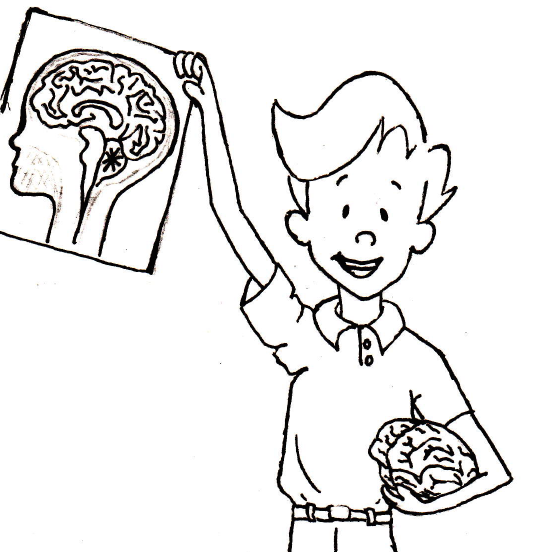Neglect is a symptom that is often observed in adults after stroke to a particular brain region in the right hemisphere, the parietal cortex. This region is important for paying attention to an object (for example, looking for a car key) in space. Due to the stroke, patients with neglect cannot pay attention to anything that is to their left.
Pseudo-neglect is a mild form of neglect and sometimes observed in children. Children with pseudo-neglect will find it harder to pay attention to things that happen to their left, compared to those occurring to their right. That is, those children are “biased” toward the right side of space and weak in processing information from the left side. Please see our January 2018 Newsletter for further description of pseudo-neglect and potential impact children’s behavior in classrooms.
Pseudo-neglect may affect various aspects of children’s daily activities, such as handwriting, reading, and math. Despite the significance, little is known about how often pseudo-neglect is observed in children and how it varies across different ages. In this project, we aim to measure spatial “biases” in school children and study how such biases may be indicated in their handwriting patterns. More than 200 children of age 5 to 13 have participated, and we are currently analyzing the data and planning for follow-up experiments. Our findings will provide insight into how we (parents, teachers, and educators) can notice pseudo-neglect in children and how we can best support them.

